Stay safe!
Be safe! Did you know the color of your swimsuit could save your life?
Published on August 4, 2025
 Credit: Jonathan Greenaway
Credit: Jonathan Greenaway
Swimming is a fun and refreshing activity, but you should be careful: dangers are lurking out there. Even the bluest and clearest lakes, rivers, and creeks can expose you to a number of invisible threats. In addition to the risk of drowning, microscopic organisms like bacteria, viruses, and parasites can cause unpleasant symptoms like stomach cramps, nausea, and vomiting. If you're planning a good old summer dive, these 10 safety tips will come in handy on your next vacation.
Be prepared
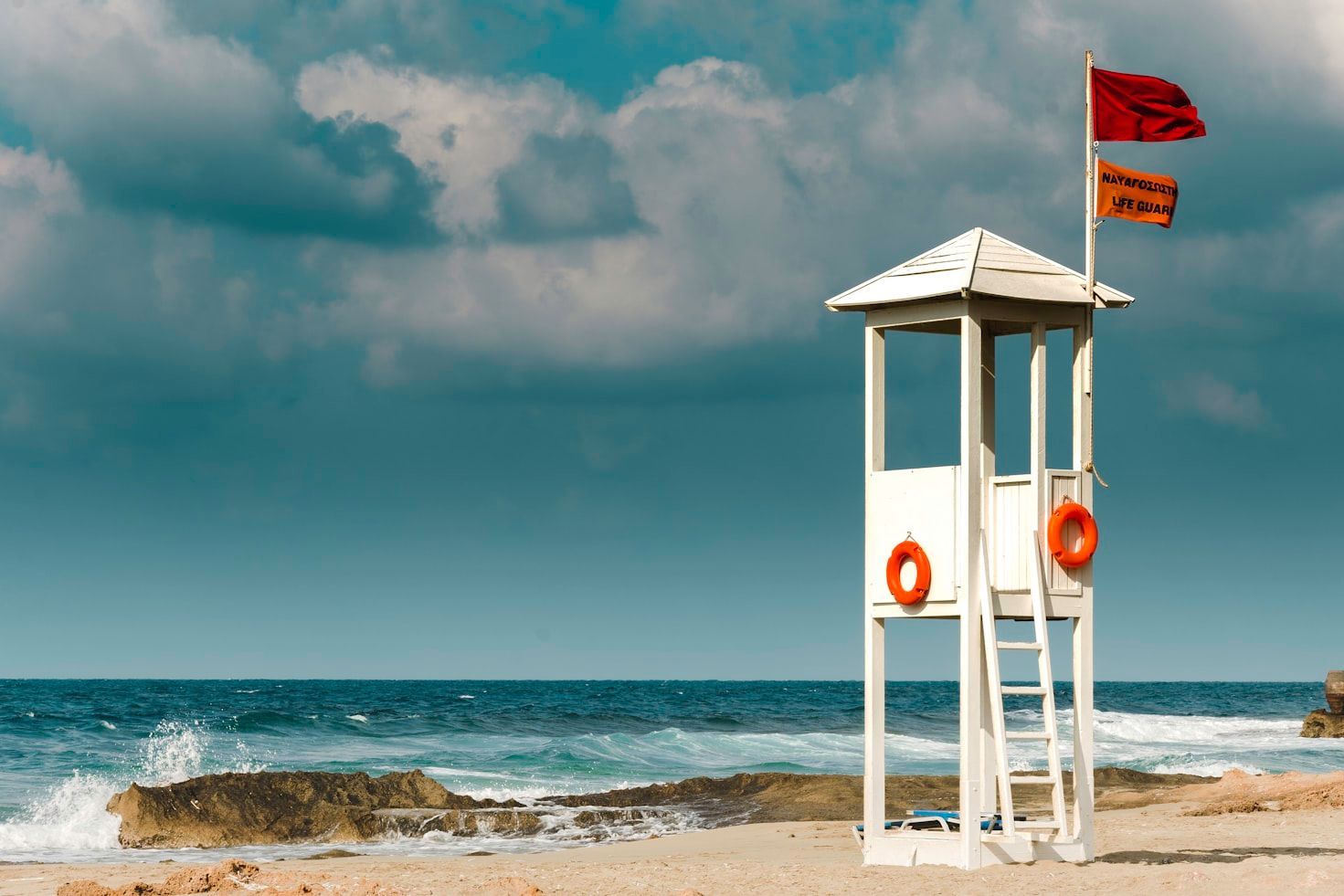 Credit: Camille Brodard
Credit: Camille Brodard
As with everything in life, being prepared for swimming is also a good thing. In addition to making sure you have good swimming techniques for both calm and rougher waters, you can learn some useful skills in case of an emergency. For example, cardiopulmonary resuscitation (CPR) training can help you save a life.
If you are not a good swimmer or if you are still learning, don't go into deep water. Always swim with someone else, whether you are swimming in a pool or a lake. Even experienced swimmers can get tired or suffer muscle cramps, which can make it difficult to get out of the water safely.
The importance of color
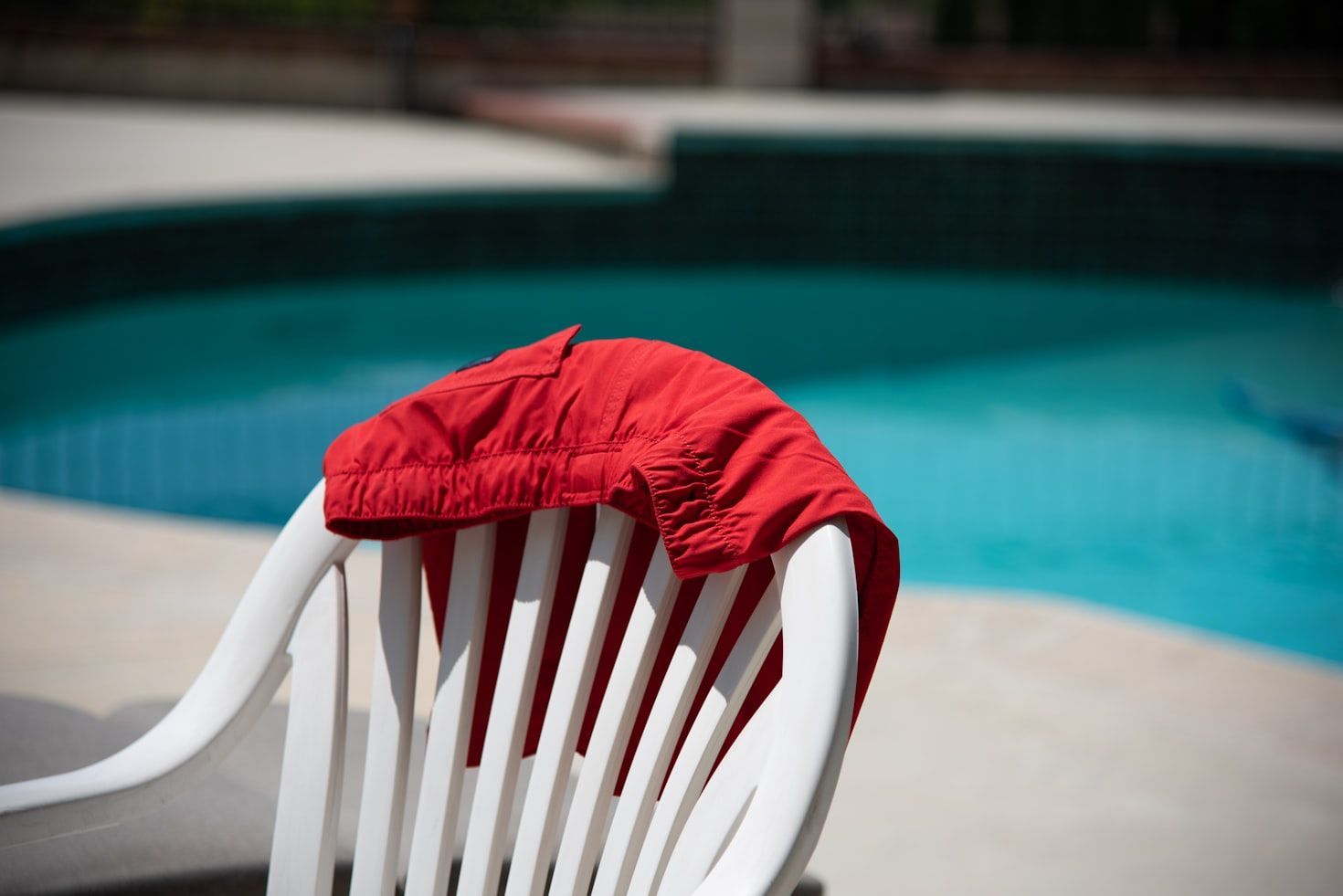 Credit: Daniel Hooper 🌊
Credit: Daniel Hooper 🌊
Believe it or not, something as basic as the color of your swimsuit can save your life. Experts recommend wearing swimsuits in bright, bold colors such as red, neon yellow, or orange. Colors like blue and green may be harder to detect in the water, especially on clear or deep bottoms. If you happen to be drowning, a lifeguard or friend will be able to find you more easily if you are wearing bright colors.
Another good idea is to choose large, contrasting designs or patterns that can also help improve visibility.
Use protection
 Credit: Nik
Credit: Nik
You may have always thought that goggles, earplugs, and nose plugs were only useful in swimming pools that are treated with a lot of chlorine. However, it may be a good idea to use them also in natural bodies of water to avoid catching viruses, bacteria, and other infections, such as swimmers' ear.
Pay attention to the weather
 Credit: Luis Diego Aguilar
Credit: Luis Diego Aguilar
If you thought only contaminated food could give you E. coli or Salmonella, think again. You can also get these bacteria from swimming in a body of water. How is this possible? Mainly through animal fecal contamination. Traces of livestock manure, for example, can easily be washed into a lake after a storm.
At the same time, heavy rain can contaminate the water with other dangerous agents, such as chemicals and human sewage. Therefore, it is best to wait a few days before going back into the water after a storm to avoid catching viruses, bacteria, and parasites.
Look for well-kept areas
 Credit: Ann H
Credit: Ann H
Is your favorite summer spot very crowded and often filled with garbage and other debris, such as dog waste? In that case, it may be better to look for a new place that is well-maintained and therefore safer.
Keep in mind that birds tend to congregate in places with more scattered food and garbage. If the area where you go swimming is surrounded by trash cans that aren't regularly emptied, lots of birds will gather there. Then, the feces of those birds will surely make their way into the water, contaminating it.
Check water-quality reports
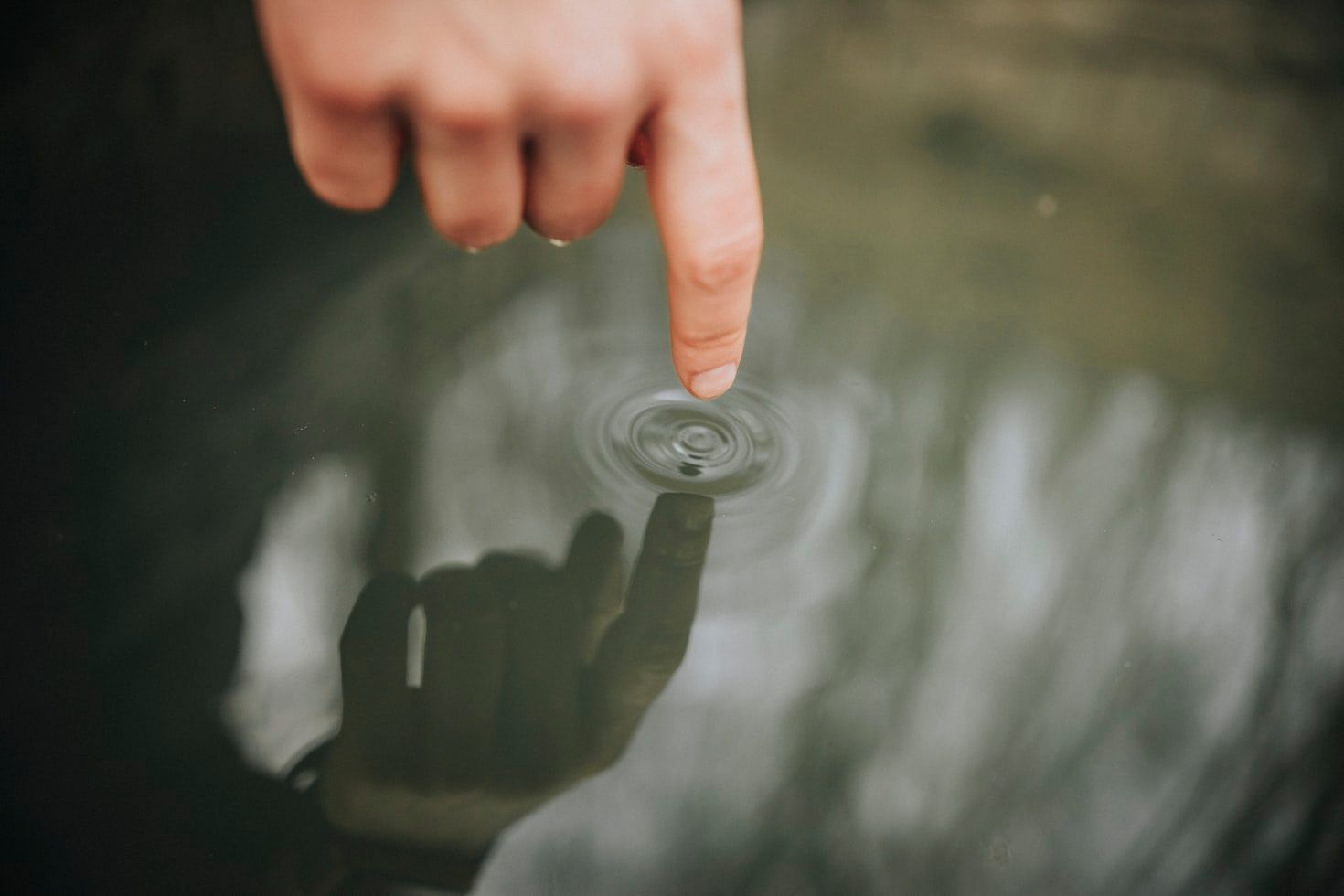 Credit: Michael Walk
Credit: Michael Walk
Water quality at popular coastal beaches is monitored regularly, and if environmental scientists find any irregularities, they can warn swimmers when the water is contaminated. However, monitoring in inland bodies of water is less frequent.
But don't worry. If you were planning to dive into your favorite lake and now you have doubts about its safety, you should know every state has online resources you can check to make sure the water you'll be swimming in is safe.
Never drink the water
 Credit: Mohan Nannapaneni
Credit: Mohan Nannapaneni
You are surrounded by nature, you’ve just taken a long hike to find a crystal clear lake, and you are really thirsty. The first thing that comes to your mind is drinking that fresh and delicious water. Tempting as it may be, don't do it.
Even if you don't see them, animals like beavers, for example, often go to the bathroom in nice-looking water streams. It is their habitat, after all. But if you fill your canteen with that water, chances are you'll end up with a parasite.
Don't swim if you have open wounds
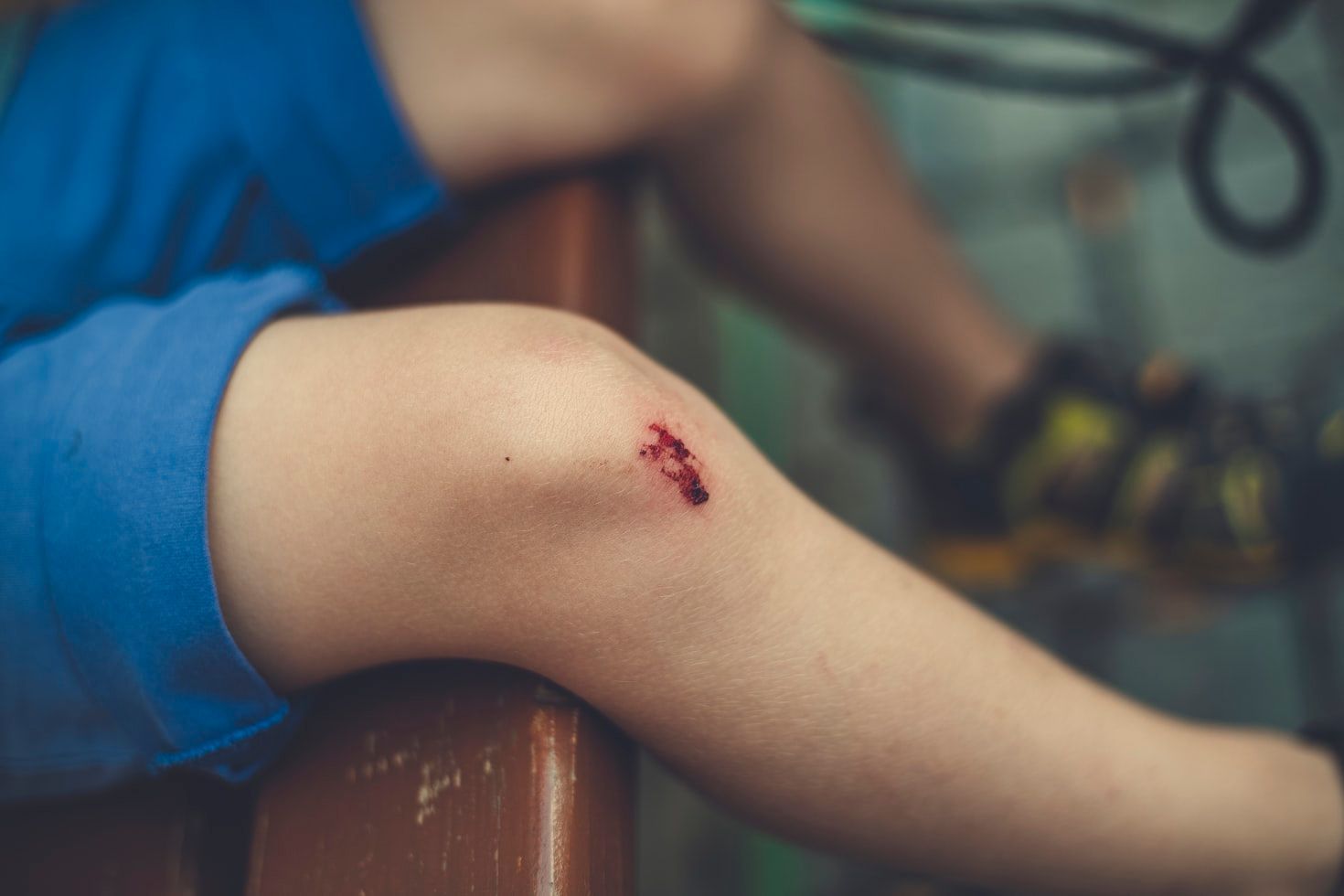 Credit: Markus Spiske
Credit: Markus Spiske
When we are on vacation out in nature, doing all kinds of activities and sports, it is common to get injured. Open wounds can be at risk of catching flesh-eating bacteria. So if you have any cuts or scrapes, avoid going into the water until they have healed completely. This is also true for fresh tattoos or piercings.
Take special care of children
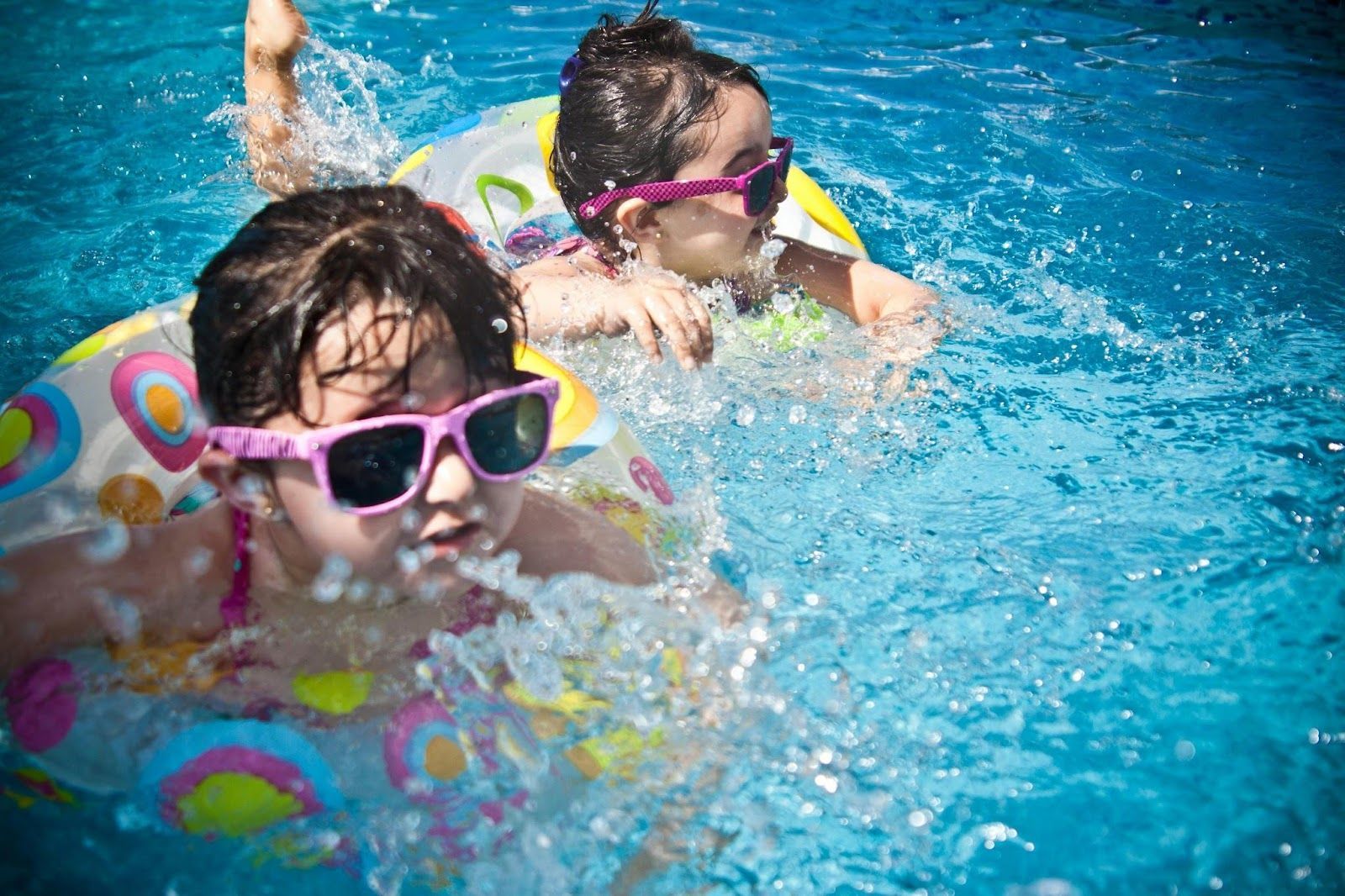 Credit: Juan Salamanca
Credit: Juan Salamanca
Children should always swim with adult supervision. According to the CDC, in the United States, drowning is the leading cause of unintentional death in children ages 1 to 4 and the second leading cause in children ages 5 to 14.
Whether you're in your backyard, at a public pool, or at the beach, make sure there is always a responsible adult assigned to watch the children when they are in the water.
Remember, the ocean can be tricky
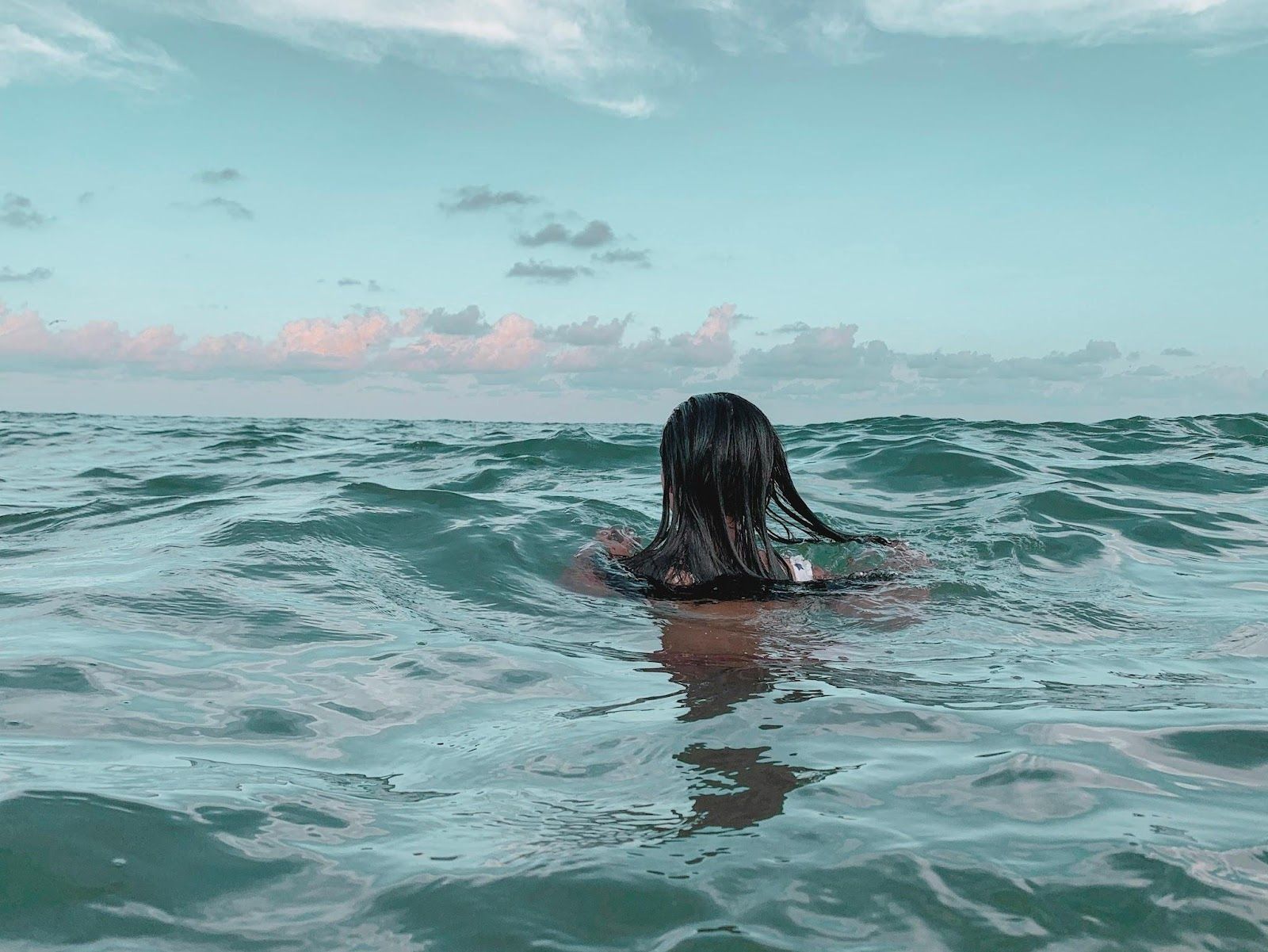 Credit: Erica Zhao
Credit: Erica Zhao
Although swimming in the open sea is one of the most relaxing and enjoyable activities, it also conceals many dangers. Always swim close to the lifeguards. It is estimated that the probability of drowning on a beach protected by trained lifeguards is less than one in 18 million per year. Lifeguards can also advise you on the safest spots to swim and which areas to avoid.
Also, beware of rip tides. These are powerful currents flowing away from shores that can occur at any beach, including the Great Lakes. If you find yourself caught in one, swim parallel to shore until you are out of danger. If you get tired, float on your back.










